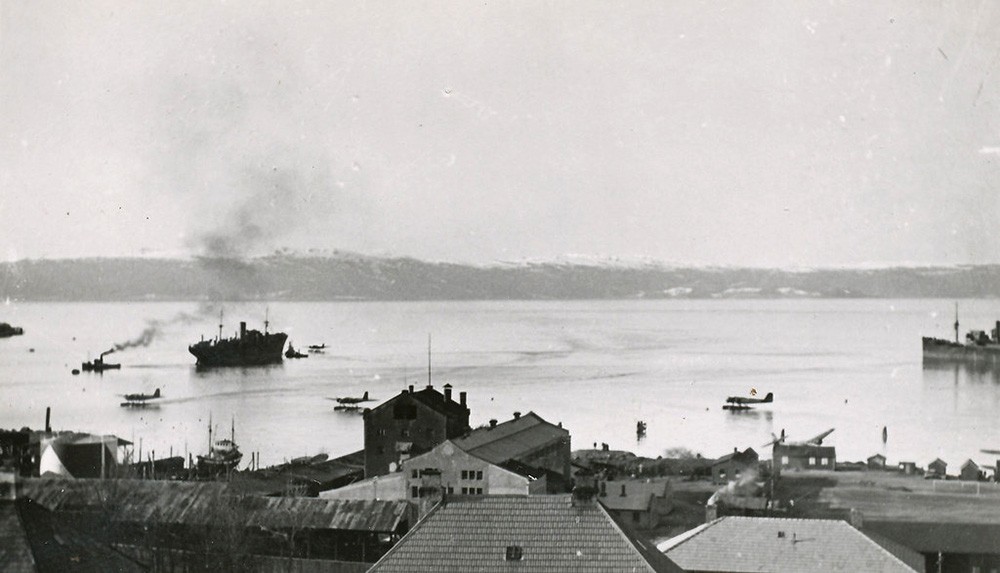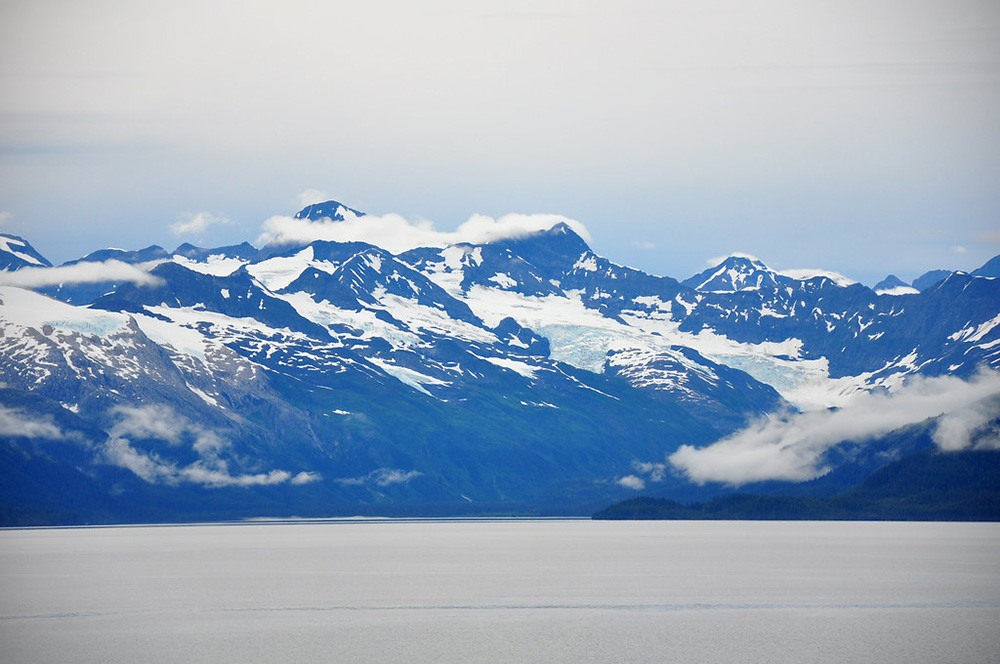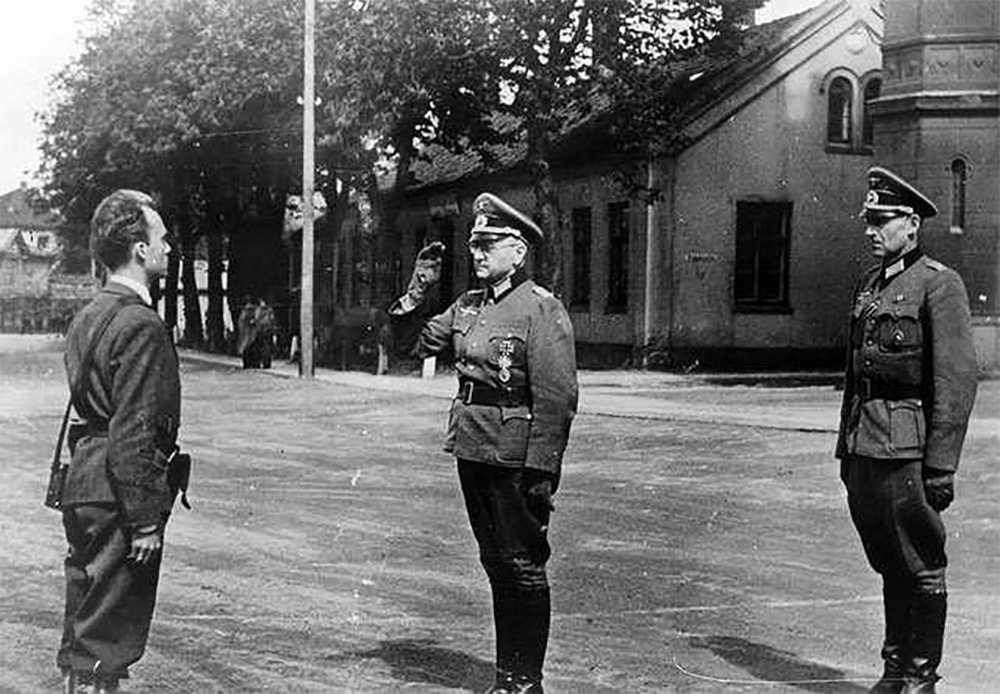RECOIL OFFGRID Survival The WWII Survival Story of Jan Baalsrud
In This Article
The year was 1943, and Norway was under German occupation. The Scandinavian country had been neutral during the entirety of the First World War, and maintained this position as Hitler's grip began to tighten on continental Europe. Politicians believed a pacifistic stance would help Norway avoid most of the impact of this new war as it had during WWI. Unfortunately, Hitler had different plans.
Norway offered a desirable naval stronghold in the North Atlantic, considerable natural resources, and of course a symbolic contribution to the growing Nazi empire. So, in April 1940, the Blitzkrieg came to Norway. The country would remain under their control until 1945.
You've probably heard about the Norwegian minority who welcomed the Nazis — Vidkun Quisling's name became a well-known synonym for “traitor” after his outspoken support for Hitler landed him a position as head of state. However, many Norwegians bravely fought back against the Germans as part of underground resistance groups.

Norwegian Independent Company 1 was one such unit, and is better known as Kompani Linge after its leader, Captain Martin Linge. Linge and his men were supported by the British Special Operations Executive (SOE), and received training in Scotland before returning to their home country to conduct raids and sabotage missions against the Nazis.
In March 1943, a detachment of four Kompani Linge commandos and eight other Norwegians embarked on Operation Martin. The goal of this operation was to use 8 tons of explosives to destroy critical assets at a German air base in the town of Bardufoss in northern Norway. During preparations for this dangerous mission, one of the commandos attempted to make contact with a local member of the resistance. But in a cruel twist of fate, he ended up speaking to a shopkeeper with the same name — some reports indicate he may have been a German imposter. That man promptly reported the conversation to the Gestapo.

The Norwegian fjords offered a strategic position for German ships and seaplanes. Source: Flickr.com/trondheim_byarkiv...
Upon learning that Operation Martin had failed, the twelve men quickly returned to the fishing boat that was packed with their explosives and attempted to escape. Tragically, that too would fail. A German frigate intercepted the boat in a fjord near the island of Rebbenesøya.
The members of Kompani Linge made the difficult choice to blow up their own boat rather than hand it over. They lit a time-delay fuse, piled into a dinghy, and attempted yet again to escape. But the Germans opened fire on the dinghy, killing one of the men and sinking the vessel. Ten of the remaining men were dragged from the icy water, turned over to the Gestapo, and executed. The final operative, Jan Baalsrud, was able to evade capture.
Baalsrud, then 25 years old, had been preparing to conduct an underwater demolition element of Operation Martin. He would have swam silently to a number of seaplanes at the Bardufoss air base and planted magnetic limpet mines to destroy them. Obviously, he never had the chance, but it's possible that his preparation for this mission explains the first step of his survival.
As the Germans opened fire on the dinghy, Baalsrud dove into the frigid Arctic water and swam to shore. Soaked, freezing, and missing one of his boots, he staggered up the beach and hid in a ravine. The Germans pursued him. As a soldier drew close to his position, Baalsrud drew his snub-nosed Colt revolver and shot him dead.

The interwoven fjords and mountains of Norway made overland travel a challenge. Source: Flickr.com/kimberlykv
After nightfall, Baalsrud found two young girls who had been alerted by the sound of the exploding fishing boat echoing through the fjord earlier that day. In a 2016 interview with the New York Times, Dagmar Idrupsen recalled that day more than 72 years ago, saying that Baalsrud was ice cold and his uniform was frozen solid. Despite this, she described his sensitivity, courtesy, and grateful attitude towards her family as they helped him. He didn't stay long, though — he knew he had to keep moving so he didn't endanger the innocent people who came to his aid.
Over the next nine weeks, Baalsrud was the subject of a nationwide manhunt by the Germans. He proceeded through northern Norway as a fugitive, moving cautiously from village to village and asking for help from people who could have easily turned him in. He never settled in one place, and compartmentalized these interactions by refusing to disclose who he had visited previously or where he was headed next. His ultimate goal was to cross the border into Sweden, where he'd have a better chance of escaping to an allied nation until the search was called off.
Through the kindness of his fellow Norwegians, Baalsrud received food, shelter, new boots and bandages for his badly-frostbitten feet, and some skis. These skis enabled him to move more quickly, but a sudden blizzard caused him to veer off course. Suffering badly from exposure and snowblindness, he wandered towards the foot of Mt. Jaeggevarre, a 3,000-foot peak. As if all this wasn't enough, an avalanche threw him down the mountainside, leaving him concussed and partially buried in snow. His skis had been destroyed, and he had been separated from his pack of supplies.
By this point, Baalsrud was delirious and hallucinating, recounting that he heard the voices of his eleven comrades calling out to him. After three days of walking, he found the tiny village of Furuflaten, and by a great stroke of luck, the home of a resistance member there. Village residents hid him in a barn in hopes that he would recover, but the frostbite on his feet had progressed to the point that he could no longer walk. So, they coordinated to transport him to another island — first on a concealed stretcher, then on an improvised sled, and finally in a rowboat across the fjord.
After this journey, the villagers left Baalsrud in a 6-foot by 9-foot shed with some supplies, intending to return in a few days. He jokingly dubbed the shed his “Hotel Savoy,” after the world-renowned luxury hotel in London.
Yet again, unpredictable weather arrived, delaying the return trip. Baalsrud began to see the signs of gangrene in his frost-damaged feet, so he sterilized his pocket knife in the flame of a lantern and did what he knew he had to do. He fully amputated one of his big toes and sliced the dead flesh off the tips of several others.
Five days later when the storm had abated, the villagers crossed the fjord again and carried Baalsrud further into the mountains. They eventually left him again in a rock crevice where he would remain for nine more days. These leapfrog journeys continued — five days in one location, seventeen in another. Since the spread of gangrene was continuing, he amputated the rest of his toes, and would later say he seriously contemplated suicide. Resistance members asked for help from Sami native tribe members, who used a sled and reindeer to stealthily cross through Finland and into Sweden, evading German units along the way.
When he arrived in a hospital in Sweden, Baalsrud weighed 80 pounds. He spent seven months there, putting on weight, regaining his eyesight, and learning how to walk again on his disfigured feet.
Less than a year after reaching Sweden, Baalsrud returned to Scotland, where he would train other Norwegian resistance members and Allied forces alongside the British SOE. However, as was also true of other legendary wartime survivors, he was not content to live this sedentary life while his countrymen were still fighting. He soon traveled back to Norway to aid the resistance directly, and witnessed the liberation of his country as the war ended.

Germans surrendering to a Norwegian resistance leader, May 11th, 1945. Source: Anders Beer Wilse / Galleri NOR
The British honored Baalsrud by appointing him a member of the Order of the British Empire (OBE), and the Norwegian government awarded him with the St. Olav's Medal with Oak Branch. He married an American woman, started a family, and served as Chairman of the Norwegian Disabled Veterans Union.
Jan Sigurd Baalsrud died in Oslo on December 30th, 1988. He was 71 years old. According to his wishes, his ashes were buried with Aslak Fossvoll, one of the Norwegian resistance members who aided him on his journey. His story lives on through films such as Nine Lives (1957) and The 12th Man (2017), as well as books, TV documentaries, and a remembrance march that takes place every year in Troms, Norway.
Sources:
 STAY SAFE: Download a Free copy of the OFFGRID Outbreak Issue
STAY SAFE: Download a Free copy of the OFFGRID Outbreak Issue
No Comments